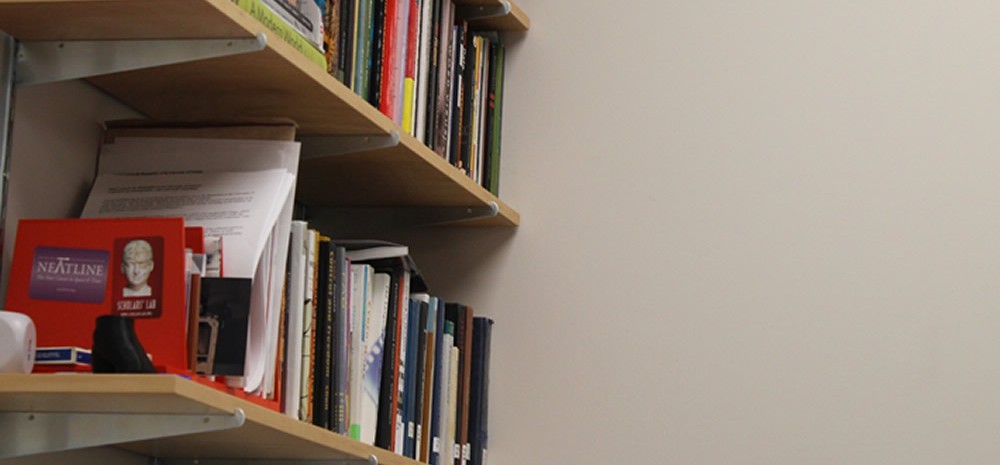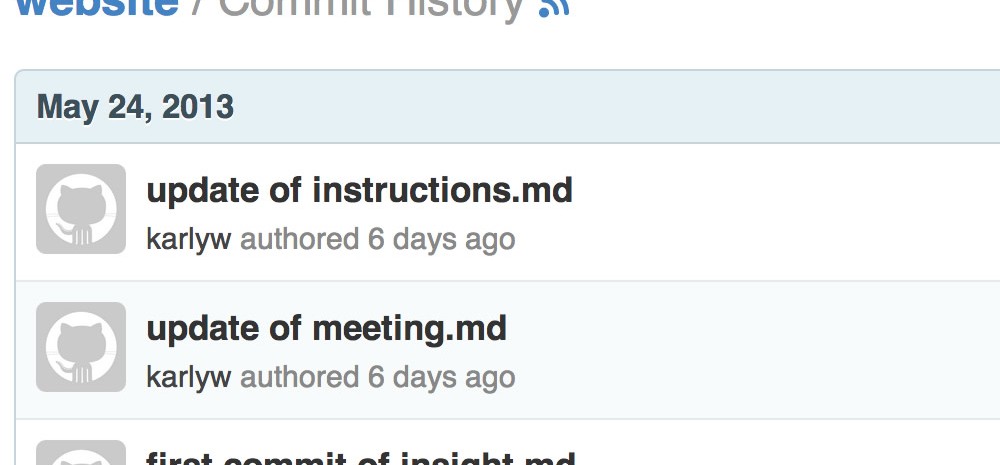As an outsider with no background knowledge whatsoever in digital humanities, I was invited into the Maker Lab to test its new website just prior to launch. The goal was for me to identify anything odd, inexplicable, or confusing and then determine—in collaboration with other people in the Lab—how to fix it. As a grad-student-to-be, editing and critiquing the work of scholars was at first intimidating. Still, knowing my position in the Lab hinged on my layman-ism relieved a bit of pressure.
Diving into a site about digital humanities, the first challenge was terminology. While reading through the posts, I had a dictionary tab opened that I frequently and surreptitiously used to define what were obviously key terms, like “physical computing” and “versioning,” of which I had no real understanding. Google helped, but since each project in digital humanities is so unique, it seems to me that clear “about” pages on lab websites are essential.
Once barriers of lexicography were breached, I began to dive into the individual projects on the site. The Maker Lab and its website face issues of immersion and isolation. The people within the Lab discuss their projects so frequently that the need for basic definitions quickly falls by the wayside. I think any kind of community, especially those that are technology-based, can fall into this trap of spending so much time close to their material that it becomes nearly impossible to see work from an outsider’s perspective.
An additional issue that arises from this kind of immersion and enthusiasm for projects is a clear emphasis on content. Because the members of the Lab are so focussed on their projects and what their research has uncovered, the bells and whistles that could make their research attractive to an outside audience can be overlooked. Images, videos, links, and the like make an academic website more accessible and interesting to the average viewer, and they encourage audiences to explore projects further.
Although my reading, re-reading, and editing of every page on the website has essentially eliminated my status as an outsider, I also think it has acted as a personal crash-course in digital humanities that, judging by the rapid growth of the field, will soon come in handy.
Post by Karly Wilson, attached to the Makerspace project, with the physcomp, fabrication, versioning, and exhibits tags. Featured images for this post care of Jentery Sayers and GitHub.


